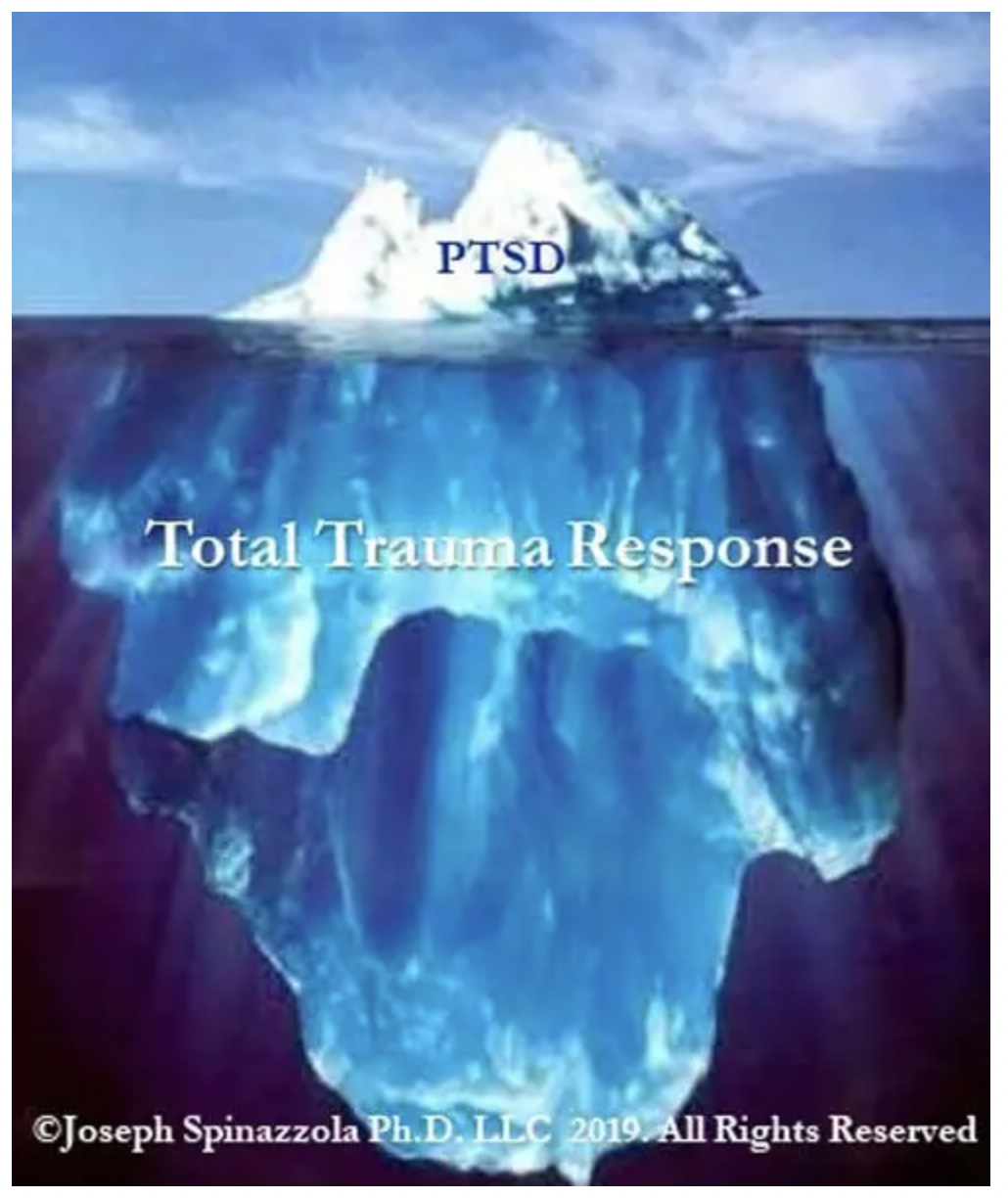ANXIETY and PTSD
Anxiety
If you tend to worry a lot, even when there's no reason, you may have generalized anxiety disorder (GAD). GAD means that you are worrying constantly and can't control the worrying. Healthcare providers diagnose GAD when your worrying happens on most days and for at least 6 months.
Worrying may be something you are so used to, you may think it's just "how you are." Common worries include your health, money, family, or work. While everyone worries about these things once in awhile, if you always expect the worst, it can get in the way of living a normal life.
If you have GAD, you likely know that your anxiety is more intense than the situation calls for, but still you can't stop these unfounded concerns. While each person may experience symptoms differently, the following are the most common symptoms:
Trouble falling or staying asleep
Trembling
Twitching
Tense muscles
Headaches
Irritability
Sweating
Hot flashes
Lightheadedness
Trouble breathing
Nausea
Urinating often
Lump in the throat
Fatigue
Poor concentration
Being easily startled
Unable to relax
The symptoms of GAD may look like other mental health conditions. Always see your healthcare provider for a diagnosis. GAD begins gradually, usually in childhood or adolescence, but can begin in adulthood, too. It is more common in women. It often runs in families.
https://www.hopkinsmedicine.org/health/conditions-and-diseases/generalized-anxiety-disorder
Books and Resources:
Attacking Anxiety: From Panicked and Depressed to Alive and Free Paperback – February 15, 2022
The Anxiety Toolkit for Teens: Easy and Practical CBT and DBT Tools to Manage your Stress Anxiety Worry and Panic Paperback – May 24, 2022
Social Anxiety Relief for Kids: The Ultimate Guide to Help your Kids Understand and Manage Negative Emotions to Become Confident, Calmer, and Assertive Hardcover – July 12, 2022
Mindfulness Workbook for Panic Attacks: Healing Strategies to Reduce Anxiety, Manage Panic and Live in the Moment Paperback – August 16, 2022
Post Traumatic Stress Disorder
Posttraumatic stress disorder (PTSD) is a psychiatric disorder that may occur in people who have experienced or witnessed a traumatic event, series of events or set of circumstances. An individual may experience this as emotionally or physically harmful or life-threatening and may affect mental, physical, social, and/or spiritual well-being. Examples include natural disasters, serious accidents, terrorist acts, war/combat, rape/sexual assault, historical trauma, intimate partner violence and bullying,
PTSD has been known by many names in the past, such as “shell shock” during the years of World War I and “combat fatigue” after World War II, but PTSD does not just happen to combat veterans. PTSD can occur in all people, of any ethnicity, nationality or culture, and at any age. PTSD affects approximately 3.5 percent of U.S. adults every year. The lifetime prevalence of PTSD in adolescents ages 13 -18 is 8%. An estimate one in 11 people will be diagnosed with PTSD in their lifetime. Women are twice as likely as men to have PTSD. Three ethnic groups – U.S. Latinos, African Americans, and Native Americans/Alaska Natives – are disproportionately affected and have higher rates of PTSD than non-Latino whites.
People with PTSD have intense, disturbing thoughts and feelings related to their experience that last long after the traumatic event has ended. They may relive the event through flashbacks or nightmares; they may feel sadness, fear or anger; and they may feel detached or estranged from other people. People with PTSD may avoid situations or people that remind them of the traumatic event, and they may have strong negative reactions to something as ordinary as a loud noise or an accidental touch.
A diagnosis of PTSD requires exposure to an upsetting traumatic event. Exposure includes directly experiencing an event, witnessing a traumatic event happening to others, or learning that a traumatic event happened to a close family member or friend. It can also occur as a result of repeated exposure to horrible details of trauma such as police officers exposed to details of child abuse cases.
https://www.psychiatry.org/patients-families/ptsd/what-is-ptsd
Books and Resources
It's not me: Understanding Complex Trauma, Attachment and Dissociation
Complex PTSD: From Surviving to Thriving: A Guide and Map for Recovering from Childhood Trauma
Workbook for Complex PTSD by Pete Walker: From Surviving to Thriving: A Guide And Map For Recovering From Childhood Trauma
The Emotionally Absent Mother: How to Recognize and Heal the Invisible Effects of Childhood Emotional Neglect
The Body Keeps the Score by Bessel Van Der Kolk (and accompanying workbook)
4Trauma Types (fight/flight/freeze/fawn) https://bit.ly/3AOmH2T
Complex Post Traumatic Stress Disorder
Complex PTSD comes in response to chronic traumatization over the course of months or, more often, years, usually in childhood and adolescence. This can include emotional, physical, and/or sexual abuses, as well as other types of trauma such as domestic violence, death and is most typically interpersonal in nature. Because the brain is still developing in childhood and adolescence when individuals are just beginning to learn about themselves, understand the world around them, and build their first relationships – severe trauma interrupts the entire course of their psychologic and neurologic development.


